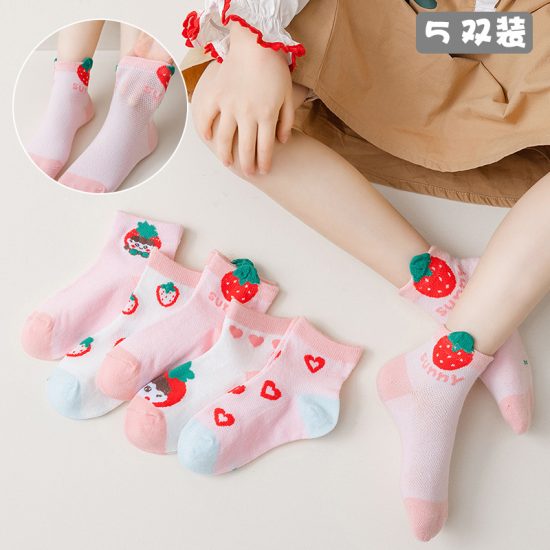Compression socks play a significant role in providing therapeutic benefits and enhancing performance in various situations. Here are some key roles of compression socks:
- Improved Circulation: Compression socks apply graduated pressure, with the highest pressure at the ankles and gradually decreasing as they move up the leg. This compression helps improve circulation by aiding in the return of blood from the feet back to the heart. It promotes better venous return, preventing blood pooling, reducing the risk of blood clots, and improving overall circulation in the lower extremities.
- Muscle Support: Compression socks provide gentle compression around the muscles, which helps to stabilize them during physical activities. This support reduces muscle oscillation and vibrations, enhancing proprioception (body’s sense of its position in space) and reducing muscle fatigue. The compression can also reduce muscle damage and the risk of muscle soreness or injury.
- Reduced Swelling and Edema: Compression socks are commonly used to manage swelling and edema in the lower legs and feet. The pressure exerted by compression socks helps to prevent fluid accumulation and facilitates better lymphatic drainage. This can be particularly beneficial for individuals with conditions like lymphedema, venous insufficiency, or those who spend prolonged periods standing or sitting.
- Performance Enhancement: Compression socks have gained popularity among athletes for their potential performance-enhancing effects. The improved circulation and muscle support offered by compression socks can result in increased power, better muscle efficiency, reduced muscle fatigue, and enhanced endurance during physical activities. Athletes often wear compression socks during training sessions and competitions to optimize their performance.
- Faster Recovery: Compression socks are commonly used for post-workout or post-activity recovery. The enhanced circulation facilitated by compression technology helps to deliver oxygen and nutrients to the muscles while removing metabolic waste products. This can aid in reducing muscle soreness, swelling, and inflammation, promoting faster recovery and preparing the body for the next training session or competition.
- Travel and Long-Distance Activities: Compression socks are frequently recommended for long-distance travel, such as flights or road trips, to prevent the development of deep vein thrombosis (DVT) or leg swelling. The graduated pressure exerted by compression socks can help maintain proper circulation, reduce the risk of blood clot formation, and minimize leg discomfort during prolonged periods of sitting or immobility.
It’s important to note that compression socks come in different compression levels, ranging from mild to extra firm. The appropriate level of compression depends on individual needs and should be determined in consultation with a healthcare professional if necessary.
Compression socks can be beneficial for a wide range of individuals, including athletes, individuals with circulatory or venous conditions, frequent travelers, and those seeking to enhance their recovery or performance. However, it’s always recommended to consult with a healthcare professional to determine if compression socks are suitable for your specific needs and to receive proper guidance on their use.

